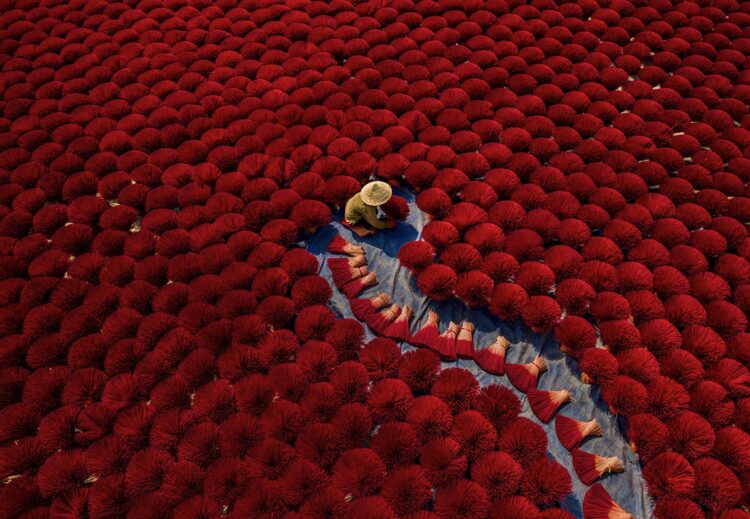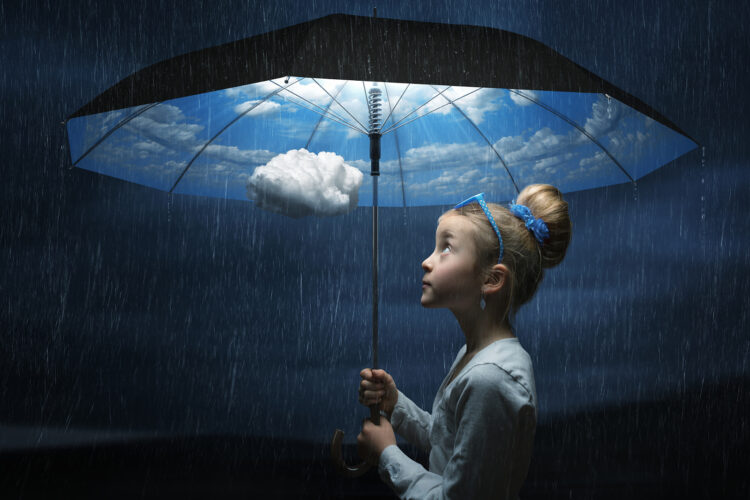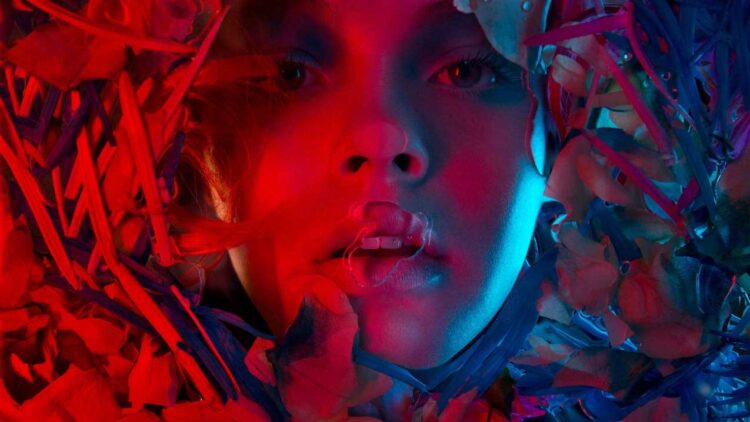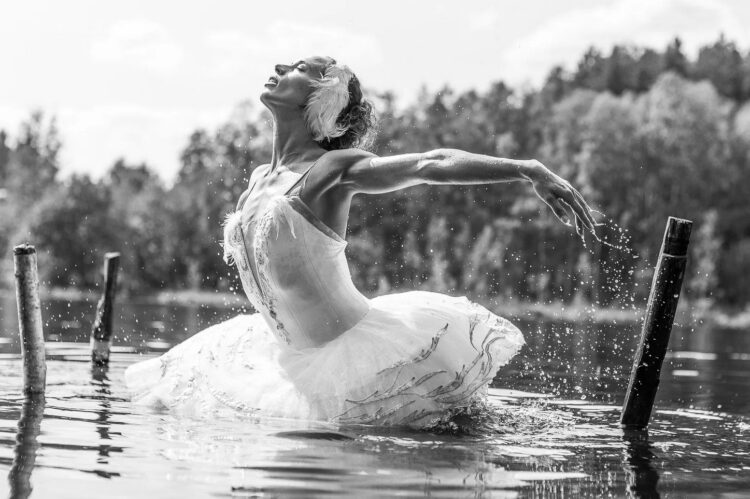Photography cannot be separated from reality. What you photograph must be in front of you. Rosalind Krauss wrote: “If a picture can be painted from memory or thanks to the resources of the imagination, photography, as a photochemical trace, can only be successfully completed by virtue of an initial bond with a material referent”
An important step for photography has already taken place in the 20th century, when the differentiation between “pure” photographers and artists who used photography to express themselves in their research was born.
Even if photographers had already moved in this direction beforehand. Think that in 1866 Peter Henry Emerson declared photography a pictorial art, praising the techniques that brought photography to a reading that was similar to that used for painting.
He later retracted, declaring that photography would never reach the level of pictorial art. Despite this, pictorial photography or pictorialism conquered a large slice of the world.

Photography is not just the photographic object
If we think that, by working conceptually, we express ideas through our photographs. In this case, talking about photography from a technical point of view is no longer enough.
Those who photograph with awareness, in general, develop a personal method, which allows them to express their ideas through some rules that enable them to communicate with the world. The content of the photograph, in this case, may not be the idea linked to that image.
It should therefore be said, better, that photography is first and foremost an applied technique. It could be better said that photography is a practice that can be “applied” to many functions, and therefore also to art.
Photography is not a pure art, fortunately for him and for us. It has nothing pure: cheers. It is a wonderful hybrid, right from the start, was defined “the bastard daughter abandoned by science on the threshold of art”. Bastards are always the best.
Photographs, of any kind, very far from each other, all have one thing in common. They relate human beings. A photo, whether by the author or without an author, beautiful or ugly, professional or banal, is an exchange of glances between humans, and enriches the relationship between humans.

Photography as contemporary art
With the establishment of the photography department of the Museum of modern art (MoMA) in New York in 1940, the entry of photography into the contemporary art arena was definitively sanctioned.
It is the discursive space of the museum, according to the definition of Rosalind Krauss, that determines the passage of photography from a document to a work of art and, at the same time, defines its market value.
In 2004 John Elderfield, then curator of the MoMA’s painting and sculpture collections, exhibited Paul Cézanne’s Le baigneur (1885), one of the museum’s post-impressionist masterpieces, alongside a large color print from Odessa, Ukraine, 4 August 1993, work of the Beach portraits series created by the Dutch photographer Rineke Dijkstra: the connection between the two images was eminently formal since both depict a teenage bather isolated in the frame space.
In the intense debate that followed this position, albeit temporary, the curator justified himself by proving that the painter himself had been inspired by a photograph for his painting and that therefore the connection between painting and photography was more than legitimate: the argument was to the detriment of the provocative curatorial choice of exhibiting Cézanne’s masterpiece alongside the photograph of the young Dutch photographer and therefore of equating the painting with photography. for more phographic art visit Eden Gallery’s website.
The episode clearly reveals the dynamics that regulate the entry of photography into the temple of art, the museum: although photography has found its institutional space there, it is still governed by contradictory dynamics that on the one hand led to the foundation of new museums of contemporary photography and, on the other hand, departments dedicated to photography in existing museums.

The stages
The path that photography has had to take to be welcomed in museums is marked by some important moments. In the 1960s and 1970s, artists working with performance and site-specific works – US Land art – used photography as documentation: in both cases, photography is the only visual element available and so it quickly became an object. to collect and exhibit.
An example of this new value of photography for contemporary art is I like America and America likes me, by Joseph Beuys (1974), a performance during which the German artist.
The relationship between photography and traditional art, especially painting, was immediately one of love and hate. Initially the new invention was greeted with skepticism, to the point that the painter Paul Delaroche affirmed “from today painting is dead”.
However, this technique was a help to “traditional” painters, who found in photographs a support from which to elaborate reality through their own personal imprint.
The movement, the energy in progress, the vital intensity of things could be reproduced through an immanent image of becoming, created and felt in the first person by the futurist artist.

During the development of the Cubist movement, Picasso used photography to study the values of surfaces, and was also a photographer himself, using optical distortions of the wide-angle lens to obtain particular visions of reality.
The first to take advantage of this situation were the Impressionists who, to achieve their goals, also made use of photography itself. They chose to represent reality by capturing its instant impressions, bringing the painting to enhance the feeling of the fleeting moment over everything.
According to the impressionist painters, reality constantly changes in appearance, objective realism therefore had to be replaced by the impression captured in an instant. The light changes every moment, things move by moving in space: the vision of a moment is already different in the next moment.
The fleeting moment of impressionist painting is totally different from the pregnant moment of neoclassical and romantic painting, it has nothing to do with stories: it captures perceptions and emotions. This way of painting has obvious similarities with photography: even the latter captures an image of reality in a fraction of a second.
Similarly to photography, the Impressionists take the speed of sensation and the particular cuts of the frame, which give their images a particular flavor of modernity.
The closeness between the world of photography and that of the Impressionist painters was made even more evident in 1874 when the photographer Nadar hosted the first exhibition of Impressionist paintings in his studio, considered too “modern” to be exhibited at the Paris Salon.
The post What Makes Photography Art? appeared first on FotoLog.
from FotoLog https://ift.tt/3hjSyyW
via IFTTT


0 Comments